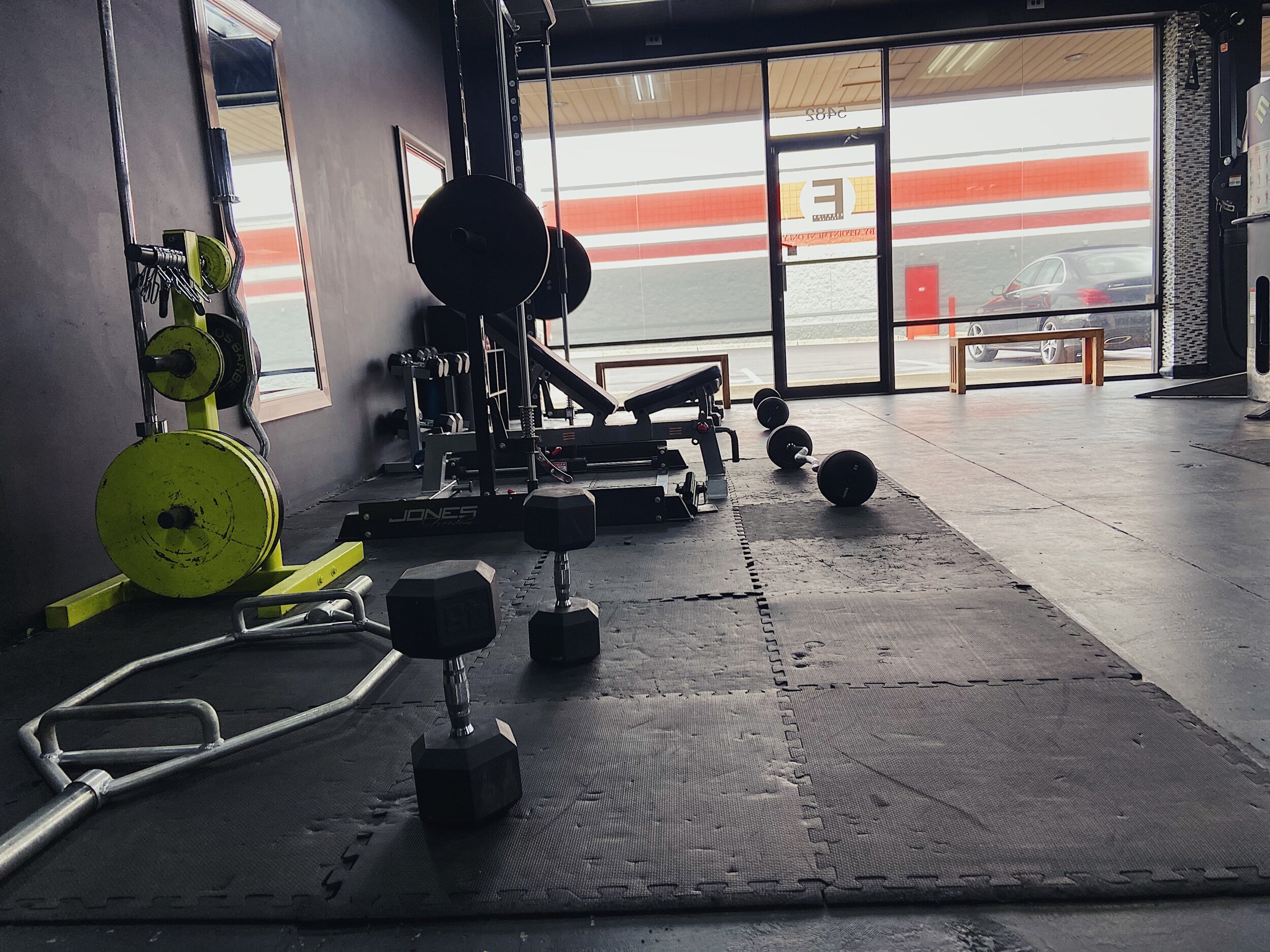Metabolism and your mental.
Let me tell you a little story about a woman I know. I have permission to use this story, but I’m not using her name. :)
She was absolutely crushing her program – getting her workouts in, following her nutrition, and staying active even outside her workouts – and she also was making sure she got plenty of downtime to destress.
Her fave destressor: arriving early for appointments and listening to audiobooks in the car (her personal sanctuary, where no one would bother her)!
In just a few months she dropped 4 pants sizes and 30 pounds. Amazing, right?
But then her elderly mom had a stroke … and suddenly she was in the middle of a major stress overload.
Especially when the job of being a caretaker (which she took on happily and willingly) fell onto her shoulders – on top of her already demanding career.
And you guessed it … suddenly her results screeched to a halt … even though she kept up with everything else on her plan to the best of her ability. She even started to regain some of the weight she had worked so hard to lose!
It’s tempting to think we can “walk it off” when it comes to stress, but your hormones are powerful and they can throw your entire system into disruption.
This can happen when you have chronic stress like the woman I told you about – who, with a few lifestyle changes – was able to get back on-track.
And it can also happen when you have unchecked CHRONIC stress that you’re under every day.
Here’s a quick list of what can happen metabolically/hormonally when you’re under stress:
Almost immediately, you can start burning fewer calories. A study done a few years ago at Ohio State found that stress was linked to burning fewer calories for women.
In the study, women were fed a high-fat, high-calorie meal. Those who reported being under a lot of stress the day before burned 100+ FEWER calories than the women who weren’t under stress.
Plus, the stressed-out women had higher insulin levels, which can exacerbate fat storage.
You start to crave high-fat, high-sugar foods, thanks to the extra cortisol (a primary stress hormone) in your system.
Emotional eating. Snacking on those fatty, sugary comfort foods can fire up your brain’s reward centers, giving you temporary relief. Over time, this can become a habit or go-to method of self-soothing.
These less-than-healthy comfort foods can leave you feeling blah and tired, affect your mood, and set you up for feeling even worse.
PLUS … studies show “ultra-processed” (like the fatty/sugary foods in the studies) actually cause you to eat more than you would if you ate healthier foods.
So … what can you do?
Stress is a natural part of life, and it hits all of us eventually. It can be a job with constant deadline pressures … relationship or financial issues … and it can even come in the form of “good” stress, like a new baby in the house!
The most important thing you can do is to BE AWARE and listen to your body.
1) Be mindful about how you are feeling … and what you are eating. This lets you stay in (or regain) control. If you find yourself stressed or tense, take note!
2) Take regular anti-stress breaks. Sometimes you have to be sneaky. I know of several people who make solo grocery trips and stand in the longest checkout line to extend their “alone” time.Also, experiment with meditation or breathing exercises a couple times a day.
3) Make time for exercise. This can help with stress management and boost your metabolism in the process. A brisk walk counts!
4) Honor your needs. Just because someone in your life has an urgent need doesn’t mean your own needs are less important. Make time for YOU!
And above all, don’t stress about stressing! The key to it all is being MINDFUL, and adding “self-care” to your do-do list.





